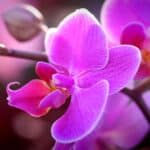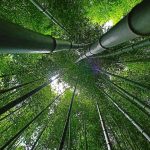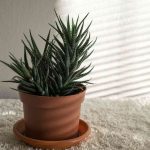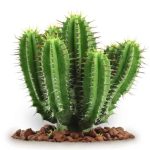With a soft stem and its ability to grow tall, bananas raise a lot of queries about it's classification. But what is banana classified as? Really, is banana a tree, a herb, a fruit, or a vegetable?
Even though it's often referred to as banana tree, banana (Musa spp.) is not a tree but rather an herb in botanical terms. This is because bananas do not grow a woody stem (or trunk) like a tree does. Instead, it grows a succulent stalk, or pseudostem.
In warmer regions, bananas are cultivated for large-scale crop yield. Still, decorative bananas with different growth behaviors and fruit character traits are extensively cultivated as ornamental plants in cooler regions.
With successful intercultural treatment and appropriate climatic circumstances, bananas should be able to produce fruit that is palatable depending on the particular banana variety. Banana plants can be used for a range of various purposes as well.
Banana plant stalks, unlike trees, are crafted up in layers of foliage that inevitably die down to the earth. Because bananas are perennials, they have developed a backup system for winter food rations.
Table of Contents
What is A Banana?
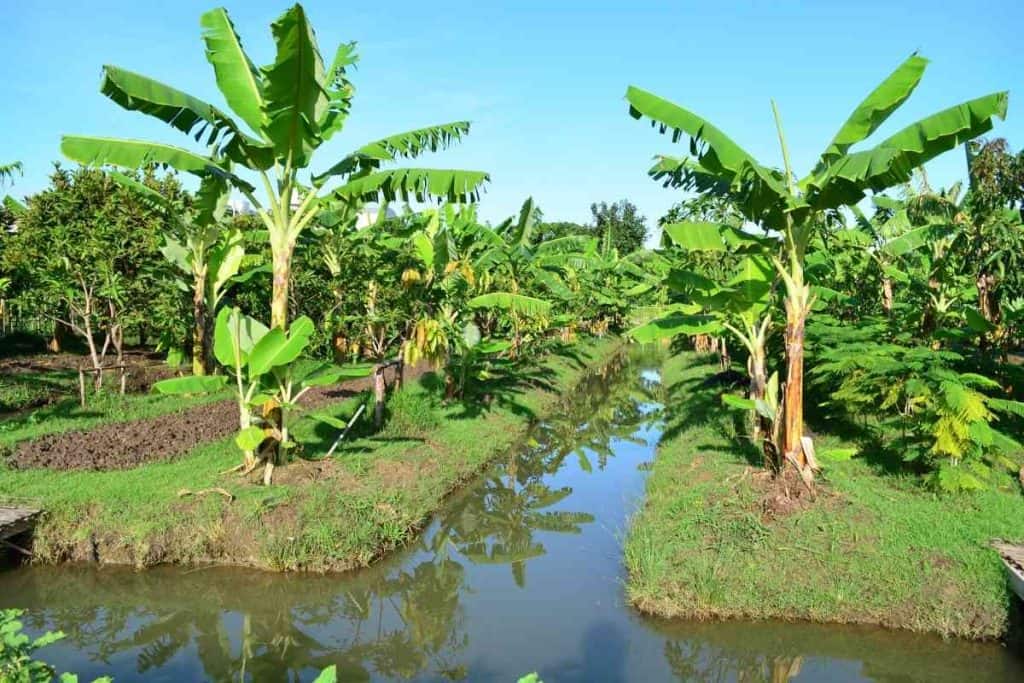
More so than any other tree of its stature, a banana plant does not include a wooden stem. The leaves at the core coincide and entwine so that a powerful column is identified as a pseudostem form, which supports the plant and its fruits.
A banana plant's blossoms are made up of leaf blades, leaf vines, and sheaths. Because it is solid, the pseudostem can help support the plant's weight on its own.
Banana plants thrive in rich, well-drained soil and should be sown in a bright location. Because the plant cannot survive high winds, it should be planted near a south or southeast-facing wall.
The banana, unlike trees, has a succulent, luscious pseudostem that grows from a bulbous corm in the earth from which numerous suckers sprout. Smooth, tender leaves curve around the stem of the banana plant.
Based on the variety or combination, leaves can grow to be up to 9 feet long and completely green or multilayered. Male and female flowers bloom in a cluster at the stem's apex; female flowers ultimately reach maturity into banana fruits.
See Also: How to Care for Dwarf Banana
Is Banana A Nut?
Banana usually goes well with nuts, as in this delicious banana-nut bread. Nevertheless, this does not qualify a banana as a nut. Bananas are fruits, but the plants they develop on are herbaceous or non-woody. As a result, banana plants are theoretically herbs but have no connection to floor or tree nuts.
While supermarket bananas are seedless, wild bananas and variations used as parent plants for seedless crop species produce small black seeds inside the pulpy fruit. This trait is not the case with nuts, where the flesh of the nut is the meristem.
Is Banana A Plant?
An herb is defined in the culinary world as any plant part with a distinguishable odor or flavor that can be used in cooking. Banana doesn't fit that description.
On the other hand, botanists divide plants into two main classes: herbs and trees. Trees have a woody enclosure that lasts year after year and supports the plant. Wood is the inner framework of mostly dead cells that allows the tree to grow tall and survive for many years.
Trees can be as large as redwoods or as tiny as the dwarf willow (Salix herbacea), which develops to only about six centimeters in height (2 in.).
Many biologists would reserve the term "tree" for plants that grow much larger (as suggested by the dwarf willow's Latin name "herbacea," which means "herb."
Just about everything that isn't a tree is deemed a herb. It's worth remembering that this is a description, not a species-level of evolutionary classification. Both spruce and willow trees are woody trees, but they are not linked.
The willow is an angiosperm, or inflorescence plant, whereas the spruce is a gymnosperm or woody plant. Most herbs are angiosperms, similar to willow trees rather than spruces.
A banana is classified as a herb in botanical terms since it does not produce a woody stem (or trunk) like a tree. Instead, it develops a succulent stem or pseudostem. The pseudostem develops from a tiny shoot of a subsurface rhizome known as a corm.
Is Banana A Fruit?
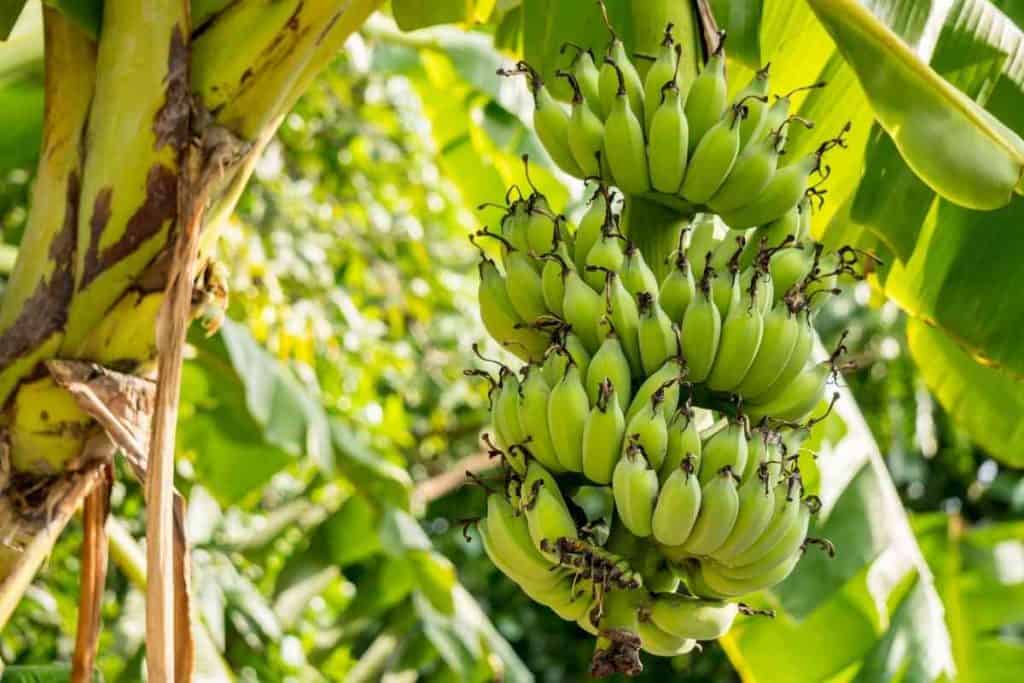
While the banana plant is commonly referred to as a banana tree, it is genuinely a herb associated with ginger because the plant has a delectable tree stem rather than a wooden one. The yellow thing you pry and eat is a fruit since it includes the plant's seeds.
A banana is an extended, edible fruit – botanically referred to as a berry – produced by many species of big herbaceous vegetative and reproductive plants in the genus Musa. Bananas used for food preparation may be referred to as "plantains" in some regions to differentiate them from snack bananas.
Is a Banana Considered a Berry?
Bananas grow from a solitary ovary flower and have smooth skin, a fleshy center, and small seeds. As a result, they encounter all of the botanical prerequisites for a berry and can be classified as both a fruit and a berry.
See Also: Is a Cactus a Tree?
What is a Banana Classified As?
It's complex and difficult if bananas had a fruit-berry status. They were previously known as Musa paradisiaca or Musa sapientum, but scientists now recognize those names to be outdated. Although the genus Musa has been preserved, several alternative nomenclatures have been proposed.
Behind several scientific debates are a lot of interesting evidence about bananas that conflicts with what you think you know about them.
- One difference is that banana still have seeds – they're just so small that you don't notice them.
- Another difference is that botanists consider them to be berries, similar to tomatoes and eggplants.
- Another important tidbit is that banana trees are not trees either because they have no woody fibers. Banana plants are classified as herbs, and they are related to ginger, galangal, and turmeric. Like their close cousins, bananas sprout from a subsurface root or rhizome, but unlike them, the rhizome isn't why we develop them.
- Bananas aren't even simply stating a tropical fruit. Both eatable and artistic variants can be cultivated in subtropical climates, such as the sunbelt regions and pots.
What Is the Distinction Between Fruits and Berries?
Fruit refers to a flowering plant's delightful, bulbous, seed-holding frameworks.
Fruit is a plant's reproductive structure, and its primary purpose is to disperse seeds to new regions where the plant can grow. Fruits are classified into two types: fleshy and dry.
Dry fruits are foods that we don't normally associate with fruit, such as nuts, legumes, and coconuts.
On the other hand, Fleshy fruits are what we're used to — common fruits like apples, cherries, and bananas.
The fleshy fruit is classified as simple, aggregate, and multiple fruits
People Don't Consider Bananas As Berries
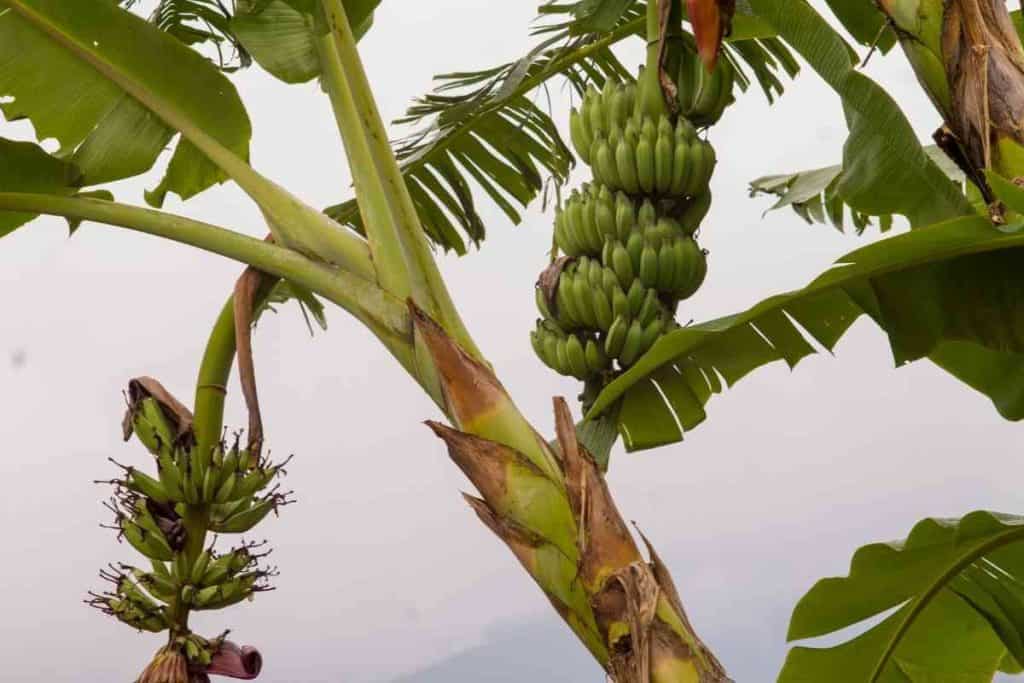
Many people are surprised when they find out that bananas are categorized as berries.
Berries are commonly considered small fruits selected from plants such as strawberries, raspberries, and blackberries. Nevertheless, these fruits are not botanically classified as berries.
They grow from flowers with various ovaries rather than flowers with a single ovary. As a result, they are repeatedly detected in clusters and are classified as aggregate fruit.
Bananas and other fruit that fall under the berry categorization, on the other hand, rarely have the word "berry" in their name and aren't normally assumed to like berries.
Frequently Asked Questions
What is the significance of bananas being classified as berries?
They are cumulative fruits because they are produced from a single bloom with far more than just an ovary. True berries are simple fruits with many seeds that grow from a single flower with one ovary. Tomatoes, pomegranates, kiwis, and, believe it or not, bananas all fit into this category.
Is it referred to as a banana tree?
The concept "banana" can also refer to the plants that bear the fruit. These include other Musa species, such as the scarlet banana (Musa coccinea), the pink banana (Musa velutina), and the Fe's bananas.
Is a banana a plant or a grass?
Since it lacks a trunk, the banana tree is a form of the perennial herb rather than a tree. It is the world's largest grass!
Is a banana a herb or a tree?
Although bananas are often referred to as a 'banana tree,' but it is essentially classified as a perennial herb (or 'herb,' not a tree because the stalks lack true woody tissue.
Conclusion: Is Banana A Tree?
There are two schools of thought about what constitutes fruit. According to the culinary description, fruits are any normally yummy plant parts. This would include everything we normally think of as fruit, such as apples, pears, and various berries. It is also common to include rhubarb. And it unquestionably encompasses bananas.
According to a botanist, a fruit is an ovary whose auxiliary parts have evolved and grown. It is also common to find seeds in it. A plant's ovary is a component of the flower pistil. Most pistils are vase-shaped, with a toned bulb and a slender neck. The bulb will be the ovarian tumor.
When the pistil is pollinated, the seeds grow in the ovary, and the ovary becomes almost huge and bulbous, similar to an apple or a peach. The botanist's description of fruit would include many fruits we associate with the term, such as apples, peaches, and berries.
It never included rhubarb, a plant stem rather than an ovary. It should include fruits that most people do not consider to be fruits, such as tomatoes, green beans, and avocados.
Bananas, which are the evolved ovaries of the banana plant, might undoubtedly be included in the botanist's description. So, according to every description, a banana is a fruit.

